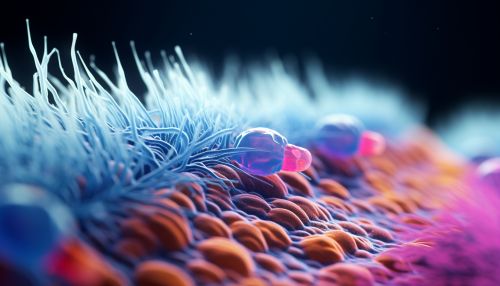Bacterioplankton
Introduction
Bacterioplankton are a type of microorganisms that inhabit the water column of both freshwater and marine environments. They are a key component of the aquatic ecosystems, playing a vital role in nutrient cycling and energy flow. Bacterioplankton are primarily heterotrophic, meaning they obtain their energy from organic matter, but some are autotrophic, deriving their energy from sunlight or inorganic compounds.


Classification and Diversity
Bacterioplankton belong to the domain Bacteria, and their diversity is immense. They include members of several major bacterial phyla, including Proteobacteria, Cyanobacteria, Actinobacteria, Bacteroidetes, and others. Each of these groups has distinct physiological and ecological characteristics that influence their distribution and role in aquatic ecosystems.
Ecology and Role in Aquatic Ecosystems
Bacterioplankton play a crucial role in the cycling of nutrients in aquatic ecosystems. They are involved in the decomposition of organic matter, a process known as mineralization, which releases nutrients back into the water column. They also play a role in the carbon cycle, as they consume dissolved organic carbon and convert it into biomass, a process known as bacterial production.
In addition to their role in nutrient cycling, bacterioplankton also contribute to the energy flow in aquatic ecosystems. They are a primary food source for many small aquatic organisms, such as zooplankton, thus transferring energy up the food chain.
Physiological Adaptations
Bacterioplankton have evolved several physiological adaptations that allow them to survive and thrive in aquatic environments. These include the ability to rapidly take up and utilize dissolved organic matter, the capacity to withstand changes in environmental conditions, such as temperature and salinity, and the ability to form biofilms on various surfaces.
Research Methods
The study of bacterioplankton involves a range of techniques, including microscopy, culture-based methods, and molecular techniques. Microscopy allows for the visualization of bacterioplankton, while culture-based methods enable the isolation and characterization of individual species. Molecular techniques, such as DNA sequencing and metagenomics, allow for the study of the entire bacterioplankton community, providing insights into their diversity and function.
